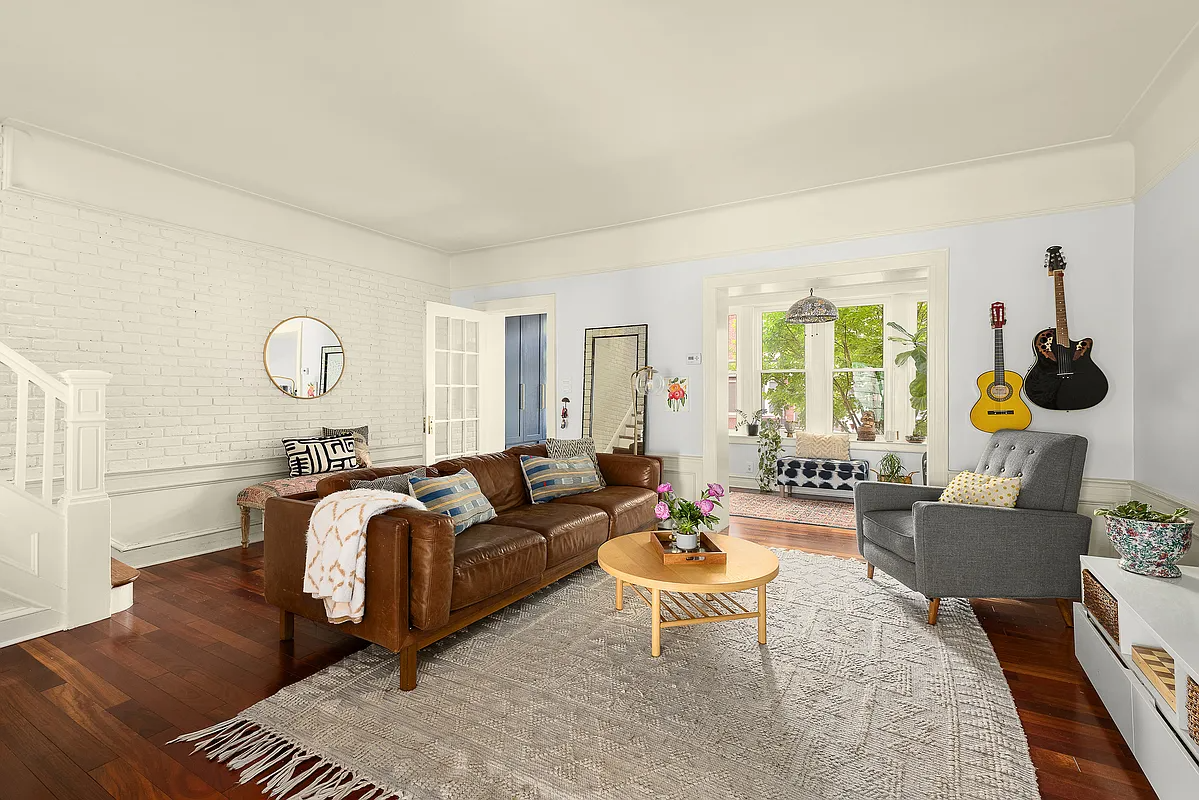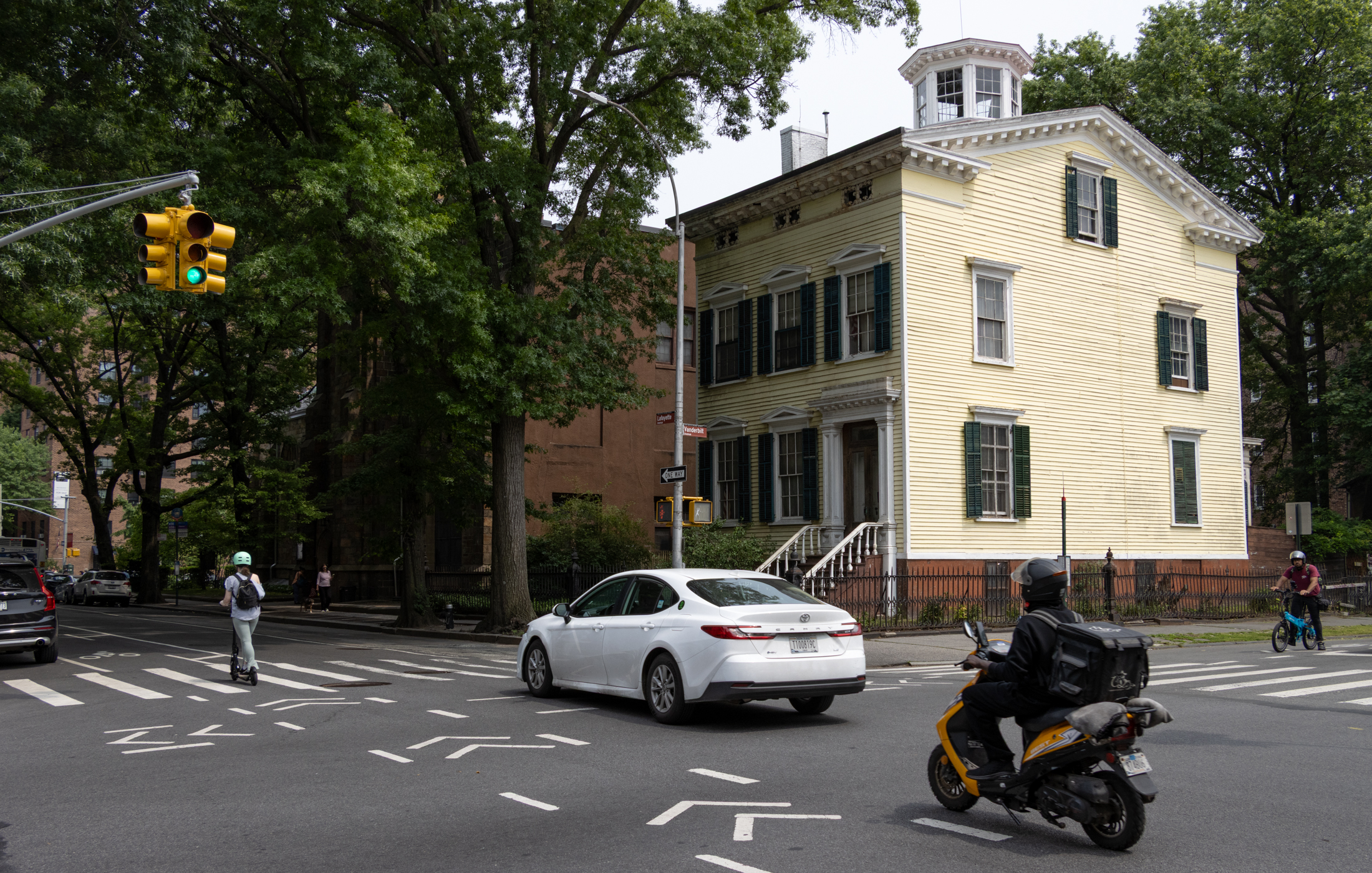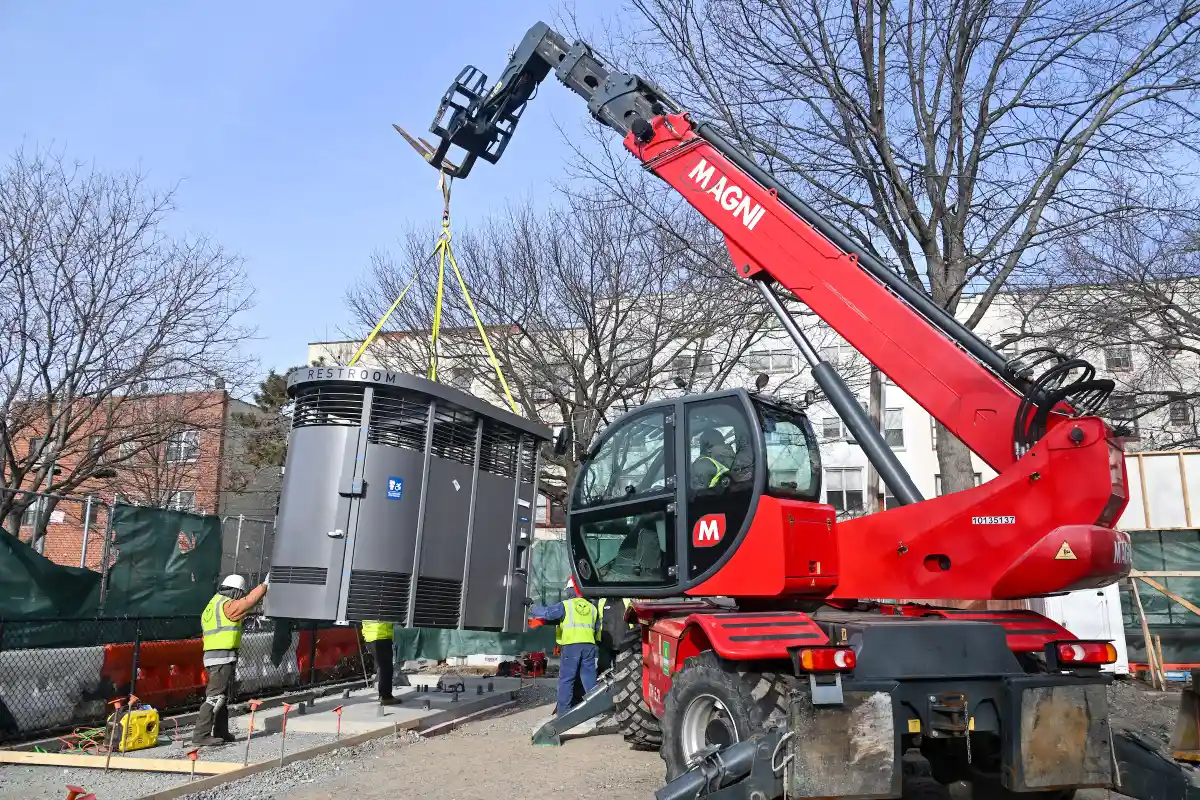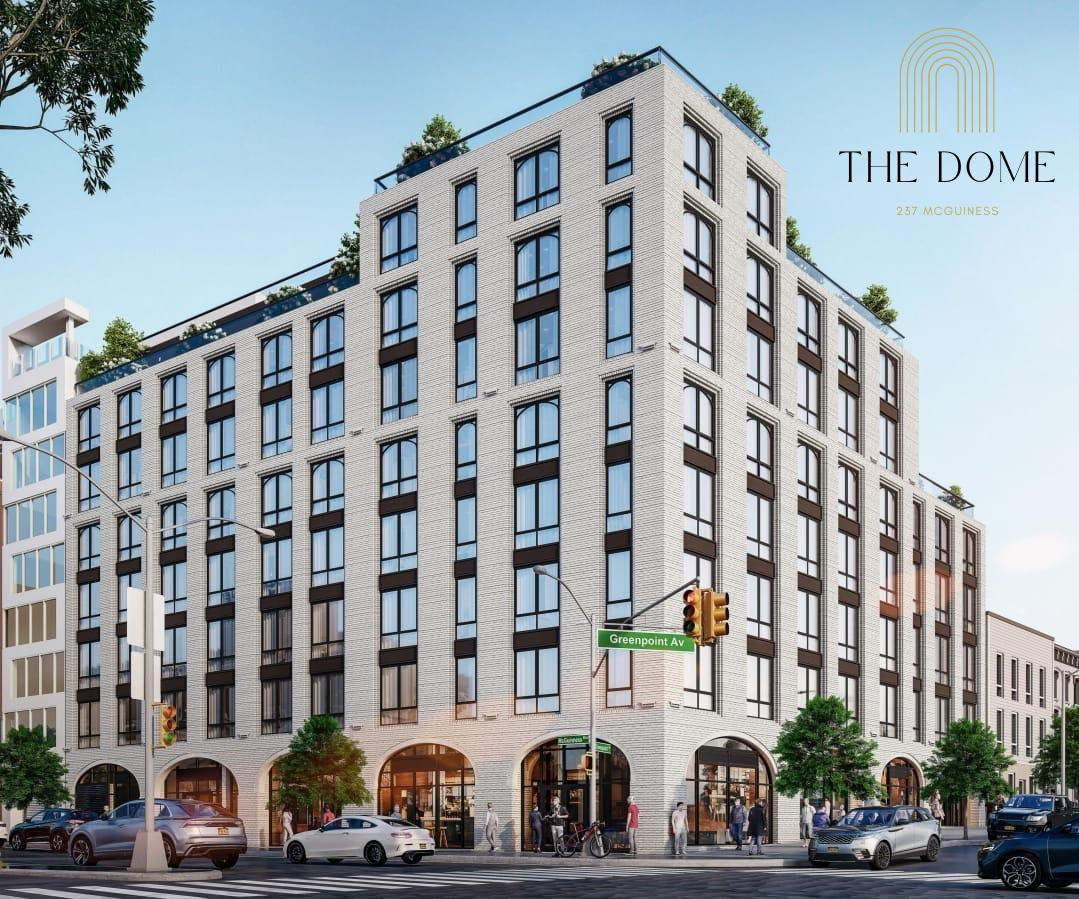Open House Picks
Brooklyn Heights 12 Willow Place Corcoran Sunday 2:30-4 $3,600,000 GMAP P*Shark Park Slope 503 10th Street Warren Lewis (#5948) Sunday 2:30-4:30 $1,920,000 GMAP P*Shark Park Slope 305 12th Street Coldwell Banker Sunday 1-4 $1,375,000 GMAP P*Shark Bedford Stuyvesant 319 Decatur Street Stuyvesant Heights Brokerage Sunday 11-12:30 $725,000 GMAP P*Shark

 Brooklyn Heights
Brooklyn Heights
12 Willow Place
Corcoran
Sunday 2:30-4
$3,600,000
GMAP P*Shark
 Park Slope
Park Slope
503 10th Street
Warren Lewis (#5948)
Sunday 2:30-4:30
$1,920,000
GMAP P*Shark
 Park Slope
Park Slope
305 12th Street
Coldwell Banker
Sunday 1-4
$1,375,000
GMAP P*Shark
 Bedford Stuyvesant
Bedford Stuyvesant
319 Decatur Street
Stuyvesant Heights Brokerage
Sunday 11-12:30
$725,000
GMAP P*Shark





12 Willow Place was listed in November 2006 at $3.8M, $3.6M in May 2007 and sold for $3.45M in September 2007
6:31pm,
Work permits were never filed for any work done at the 10th Street house. Check the DOB website yourself.
Realtors don’t “feel it is no problem” to advertise a “two family used as one.” By law, they have to disclose when a property they represent does not match DOB or DOF records. They can be sued if there’s not full disclosure.
And I don’t think there’s any difference between how the DOB treats small and large apartment buildings.
Here is what the DOB themselves explains:
“The key document used to certify the legal use and occupancy of a building is called the “Certificate of Occupancy†(C of O). The document is issued by the Department of Buildings and describes how a building may be occupied, for example, a two-family home, a parking lot, a 40-unit multiple dwelling, or a store. A C of O is often required when selling a home or refinancing a mortgage.
If planned construction is creating a new building, or will result in a change of use, egress, or occupancy to an existing building, a new or amended Certificate of Occupancy is necessary. Usually, the contractor’s or owner’s representative contacts the Department to arrange for its inspectors to perform the necessary construction, plumbing, electrical, and elevator inspections.
The Certificate of Occupancy will be issued when the completed work complies with the submitted plans and applicable laws, all paperwork is completed, all necessary approvals have been obtained from other appropriate City agencies, all fees owed to the Department are paid, and all relevant violations are resolved. A new building cannot be legally occupied until a Certificate of Occupancy has been issued.”
Take care
Whether or not the architects plans match the job (which I’m willing to bet they do for the 10th St. renovation) has nothing to do with whether a c of o is officially changed.
The question is, does the DOB care, as long as the use of the house is not MORE than the c of o? My understanding was that the DOB would sign off on any “combining” of apartments that matched the filed plans without requiring a c of o change.
In big co-op houses, people combine apartments all the time to make larger apartments. These renovations are legally filed, but the entire co op building isn’t forced by the DOB to change its c of o to something less than it’s original c of o.
Are you saying that there are regulations that specifically treat small brownstones differently than larger apartment houses?
I am curious as to the answer here, and why realtors feel it is no problem to advertise “two family used as one”. My suspicion is because it is perfectly fine by the DOB to do so. Otherwise, these realtors are doing the sellers a disservice by advertising their illegal use of the building, and the DOB can easily make good money by fining the owner of any home advertised as such.
I’d guess it’s worse if a legal one family is used as a two, but either way, if renovations are done, I believe the archtect’s plans must match the real layout for the DOB to sign off on the job.
If I bought the house, I’d change the C of O to a legal one family because I don’t like to skirt the law.
But IS there a difference between one family living in a legal two family, and two families living in a legal one-family? I think it is necessary to distinguish between the two — people aren’t being very clear about this. And I point out, in the first case realtors advertise these so-called illegal c of os — when it’s a 2-family being used as one — as if it’s no problem. Is it? Of course, 2 families living in a legal 1 family IS illegal, but that’s different than described above.
Talk to a real estate attorney before buying a house with an incorrect C of O.
11:02 am is correct that it isn’t illegal to live in a house with an incorrect C of O, but there are many problems than can arise because of it.
There are a lot of misconceptions flying around about C of Os. An old house may not even have one–they came into existence after a certain date, and older homes were assigned a designation, not an actual certificate. If you buy a house that has been in the same family for decades you may learn this when you go to DOB. You are not required to get one unless you file for permits that would affect the status. And it’s perfectly legal to live in a 2-family that is in fact a 1-family. It may never have actually been a 2-family. Insurance cos are more interested if you convert a 1-family to a 2-family; banks or mortgage holders may not care either way.
@10:53 – I’m a bstone-owner who bought a fixer-upper undertook a very significant renovation/restoration. That said, I skipped the CAC and parlor-floor bath (at some point you just get sick of the whole process, not to mention bleeding your bank account dry).
I’d have to agree with 1:21 on the central air. This is something I wish I’d gone ahead and done (prob $30K for the system I wanted) every summer when I”m lugging window unit out – and I would gladly pay up for it if I were shopping around. But it is hard to install in a bstone without giving up asthetics and/or space, and I hate the noise from those ugly outdoor compressor units (would have to go on the roof and be hidden from sight).
As for the the parlor flr bath, that is not a must have item, though it would be nice. The expense of running new plumbing and redoing my staircase simply was not going to be justified, when, as 1:21 stated, most bstones do not have one.
As to kitchens, I will depart from 1:21 on the point that I think you can get your money back for extras such as large commercial-style ranges, etc. As it is, I gutted the existing kitchen, but if I was looking for something “done”, at $2mm I’d want to see top of the line appliances and cabinets. I’m always surprised that at these price points, for renovated bldgs, that the kitchens aren’t nicer. IMO, today’s Manhattan-transplant buyers expect to see a high-end kitchen in a premium-priced property because their alternatives (high-end Manhattan condos) would come with those things and more.
Hard to call, 10:53. I think you could always get back your $20-25K investment on central a/c because so few places have it and buyers would pay a premium for it. Parlor floor bathroom, less likely – it would be a nice convenience but many brownstones don’t have it and the cost of installing it in the natural place (usually underneath/behind the staircase) could be prohibitive if the risers and waste line aren’t right in line there. Kitchen, it all depends on how much you spend. The more I think about the kitchen at 10th Street, the less I think the buyer is getting for his/her money. The kitchen is totally unfitted, so not only is there no counterspace at all, there are no traditional kitchen cabinets – the dishes and cookware are stored in a open closet, the refrigerator in a second closet. And there’s no dishwasher. Not that any of these are automatic deal-breakers, but most buyers expect a standard kitchen in 2007 to have these basics. I tend to think people assume a decent-looking functional kitchen when purchasing and mentally subtract for a substandard one, but you don’t get much of your cost back for personalized bells and whistles like enormous professional ranges, rare granites and exotic flooring.